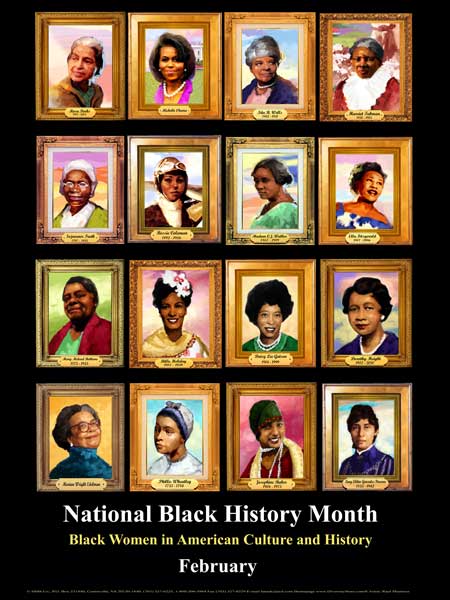When I talk about The Missing 33%™, the first research I cite is from a
BusinessWeek cover story published in 2000. In short, the findings were that women "outshine their male counterparts on
almost every measure."
This led me to research what the
almost was all about. After all, if we're so good, why were there so few of us at the top? The finding is what we call The Missing 33% and basically it means that women outshine men on interpersonal and team skills but men are seen by bosses as better than women at business, strategic and financial acumen.
It's inevitable that, hearing this, someone will make the point,
"That was over 13 years ago. Surely things have changed."
Here are some findings from the last 12 months. I have coded the skills according to our definition of leadership (
Leadership is using the greatness in you to achieve and sustain extraordinary outcomes by engaging the greatness in others.).
- P = Personal greatness
- O = Outcomes (business, strategic and financial acumen)
- E = Engaging greatness in others,
Recent
research reported by HBR found:
"...at all levels, women are rated
higher in fully 12 of the 16 competencies that go into outstanding leadership.
And two of the traits where women outscored men to the highest degree, were
taking initiative (P) and driving for results (P - the reason this is a P and not an O is because you can do you job and hit your goals without having business, strategic or financial acumen) – two traits which have long been
thought of as particularly male strengths.”
“When
global management consulting firm McKinsey
asked business executives around the world what they believe were the most
important leadership attributes today, the top four results were:
_
Intellectual stimulation,(P)
_
Inspiration (E),
_
Participatory decision-making (E)and
_
Setting expectations/rewards (E) -
all
attributes more commonly found in women leaders."
An
Apollo Group study finds that women
are well poised to lead into the 21st century. Why? Because...
"Women top the charts in key
skills.
Women outperform men on key leadership competencies, such as
_
Communicating(E),
_
Coaching (E),
_
Organizing people (E),
_
Thinking creatively (P) and
_
Solving problems (P - you can solve problems, but not demo business, strategic and financial acumen).
Women also score higher than men on
traits that are essential in today’s collaborative work environments, such as:
_
Empathy(P),
_
Transparency (P/E) and
_
Inclusiveness (E)."
Authors John Gerzema and Michael D'Antonio have written
The Athena Doctrine in which they make the case that women and men who think like us will rule the future. Why? Because we have the excellent interpersonal skills and personal attributes that people want in their managers -
intuitive (P), expressive (P), passionate (P), selfless (P), patient (P/E), flexible (P), etc. I came across their book because of an
article on "the vision thing" by Kay Koplovitz in which she writes:
"The Harvard Business Review published an article in 2009 on this very topic called "Women and the Vision Thing,"
with interesting information and conclusions. Originally, their study
found that women tested higher than men in many leadership categories
except one: envisioning, or the ability to recognize new trends and
opportunities and develop new direction for the organization. The
perception of women as poor visionaries, in this study, comes from male
peers. Now, the newly released and well researched "Athena Doctrine"
by John Gerzema and Michael D'Antonio reported that being a visionary
is a neutral trait, that it was neither a masculine or a feminine trait.
So which is it? Are women visionary or not?"
Here's the thing, John and Michael interviewed lots of people, but they didn't focus on how bosses make decisions about advancement. They don't make the distinction between
traits and
proven skills. Sure, women have vision. Who among us doesn't imagine ourselves 10 pounds thinner, or our kids being the next great success or our partner being more romantic?
But there's a world of difference between the
ability to envision and having
strategic acumen. That's what the
HBR study points out. How many of us take time to scan the business environment to
"recognize new trends and
opportunities and develop new direction for the organization?" Only those who use their ability to envision to cultivate strategic acumen.
How much have things changed in 13 years?
Not much - there's nary an
O on any of the lists. And until there is, women will continue to fill the middle and have trouble moving to the top of organizations.
This is why Leading Women's services enable learning and development professionals to audit their talent/performance management systems, diversity and inclusion professionals to introduce gender dynamics to managers and women to fill in The Missing 33%. To learn more about these services
email us.
Lead ON!
Susan
Susan Colantuono, CEO and Founder Leading Women
Author of No Ceiling, No Walls and Make the Most of Mentoring. Underway is her new book, Network! What corporate women need to know about strategic relationships and success
Follow on Twitter | LittlePinkBook | Facebook | LinkedInGroup | LinkedIn














